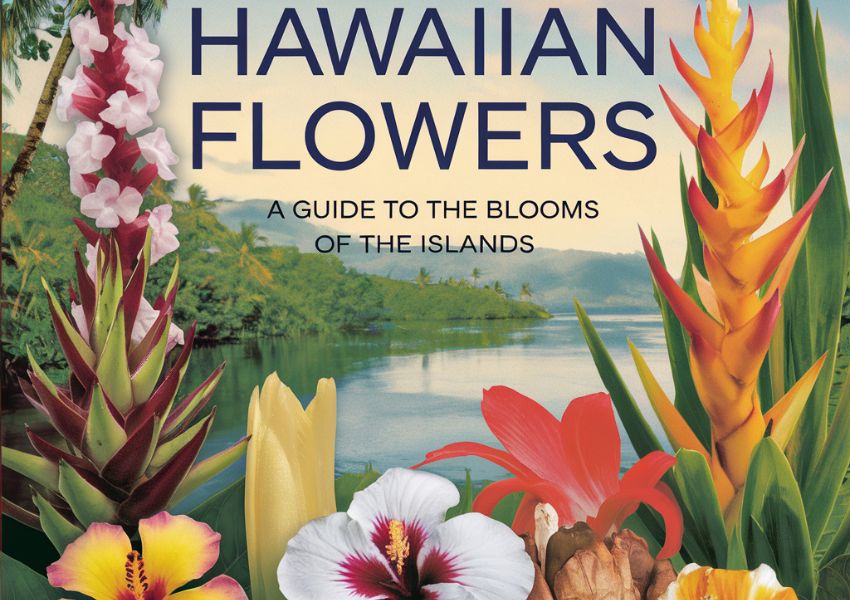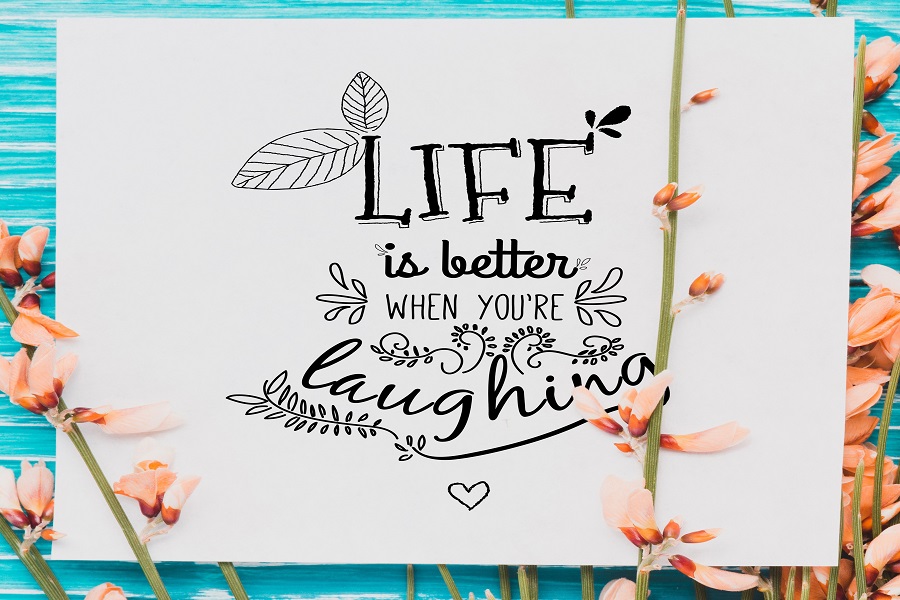Hawaiian flowers are renowned worldwide for their vibrant colors, unique shapes, and cultural significance. From the iconic hibiscus to the fragrant plumeria, Hawaii’s flowers capture the beauty and spirit of the islands, reflecting both the natural diversity and deep-rooted cultural traditions of this Pacific paradise. Whether you’re visiting Hawaii, learning about its native plants, or looking to bring a piece of the tropics into your garden, understanding Hawaiian flowers offers insight into both botanical and cultural landscapes.
A Glimpse into the Diversity of Hawaiian Flowers
The islands of Hawaii host a diverse ecosystem, with many endemic species that grow nowhere else in the world. Hawaii’s isolated location and unique climate have produced a wide range of flowers, many celebrated for their beauty and spiritual significance.
Iconic Hawaiian Flowers and Their Meanings
Hawaiian flowers are more than just colorful blooms; they hold cultural significance, often representing different emotions, values, and connections to the Hawaiian land and spirit.
Hibiscus (Aloalo)
The hibiscus is Hawaii’s official state flower and perhaps one of the most recognized symbols of the islands. The hibiscus, with its large, colorful petals in shades of red, yellow, pink, and white, often represents beauty and femininity. Hawaiians particularly treasure the native yellow hibiscus (Hibiscus brackenridgei), known as pua aloalo, as a symbol of delicate beauty and hospitality.
Plumeria (Frangipani)
Plumeria, or melia, enchants with its intoxicating fragrance and stunning five-petal shape, blooming in various colors like white, pink, yellow, and red. People often use plumerias in Hawaiian leis, where they symbolize positivity, new beginnings, and birth in Hawaiian culture. Wearing a plumeria behind the ear holds traditional meaning; behind the right ear, it signals that the wearer is single, while behind the left ear, it indicates they are taken.
Orchid (Okika)
Hawaii is home to many stunning orchid species, celebrated for their elegance and exotic appeal. Known as okika in Hawaiian, orchids symbolize beauty, luxury, and strength. Hawaii’s orchids come in a variety of shapes, colors, and sizes, with native varieties like the Hawaiian hono hono orchid (Dendrobium anosmum) and the Hawaiian bog orchid (Platanthera holochila) standing out as unique treasures.
Bird of Paradise (Pua Manuahi)
The Bird of Paradise, known as pua manuahi, is an eye-catching tropical flower with orange and blue colors that resemble a bird in flight. It symbolizes joyfulness, magnificence, and exotic beauty. Often used in flower arrangements and landscaping, Bird of Paradise adds a touch of the islands’ vibrancy wherever it’s planted.
Heliconia (Lobster Claw)
Heliconia, or lawaʻi in Hawaiian, is a striking flower with brightly colored bracts in red, orange, and yellow that resemble a lobster’s claw. Known for its unique shape, the heliconia represents youth, renewal, and strength. Its bold appearance has made it a favorite in tropical flower arrangements and gardens.
Cultural Significance of Hawaiian Flowers
Flowers play an essential role in Hawaiian culture, not just as beautiful plants. But as symbols of various values, stories, and spiritual beliefs. Flowers are integral to Hawaiian ceremonies, leis, traditional clothing, and greetings. Often embodying the concept of aloha — love, peace, and compassion.
The Tradition of Lei-Making
Flowers in Hula
In Hawaiian hula dancing, flowers play an important role, with dancers often adorning themselves with flower leis and headpieces. Each flower or plant used in hula tells part of the story and connects the dance with the natural beauty and mana (spiritual energy) of the Hawaiian land.
Growing Hawaiian Flowers at Home
Hawaiian flowers thrive in warm, tropical climates, but many can adapt to different growing conditions with the right care. Here are a few tips to grow Hawaiian flowers in your garden:
Choose the Right Environment
Most Hawaiian flowers thrive in sunny, warm, and humid conditions, so consider growing them in a greenhouse or creating a tropical microclimate if you’re in a cooler region. Plumeria, for example, can do well in pots that can be moved indoors during the colder months.
Soil and Watering Requirements
Hawaiian plants typically prefer well-draining soil and moderate watering. Overwatering can be detrimental, especially for orchids and plumerias, which need their roots to dry out between waterings.
Consider Container Gardening
For those living in non-tropical climates, container gardening offers flexibility for Hawaiian flowers like hibiscus and plumeria. Containers allow you to move plants indoors during cooler months and maintain the ideal environment for them to thrive.
Frequently Asked Questions
What is the most famous flower in Hawaii?
The yellow hibiscus, pua aloalo, is Hawaii’s official state flower and one of the most iconic blooms associated with the islands.
Can I grow Hawaiian flowers outside of Hawaii?
What is the meaning of wearing a plumeria flower in Hawaii?
In Hawaiian culture, wearing a plumeria flower behind the right ear means the person is single, while wearing it behind the left ear means they are in a relationship.
How are flowers used in Hawaiian culture?
Flowers hold deep significance in Hawaiian culture. They are used in leis, hula, and as symbols of various virtues, like love, peace, and respect.
What’s the best way to care for Hawaiian flowers indoors?
Hawaiian flowers require lots of sunlight, moderate watering, and high humidity. Growing them in a bright room or using a humidifier can help replicate their natural environment indoors.
Conclusion
Hawaiian flowers are more than just tropical beauties; they are an integral part of Hawaii’s rich culture and traditions. Whether adorning leis, symbolizing sentiments, or beautifying the natural landscape, these flowers carry stories, traditions, and connections to the islands. For those captivated by their beauty, growing Hawaiian flower at home can be a wonderful way to bring a touch of paradise into everyday life.











